Below are two articles Colin has published.
Please follow the links for more information on particular areas Colin has visited and written about.
Guizhou : Miao people; Dong people; Zhuang people
The Tibetans : Traditional Dance; Tibet
Xinjiang; Life and Uygurs; Mosques
Yunnan: Hani people; Dai people; Yi people; Yao people;
The “Other” Ethnic Minorities in China
Colin Mackerras* (2018)
Among the 55 state-recognized ethnic minorities in China, two get almost all the media attention, especially in the West. These are the Tibetans and the Uyghurs, the latter a Turkic Muslim people, most of whom live in Xinjiang in China’s far northwest. The media reports are almost entirely negative, focusing on repression, hostility to the Chinese regime and by the dominant Han ethnic group, and human rights abuses.
I want to discuss the others. It’s not that there is no hostility or events showing China in a negative light. However, I believe that, leaving aside the Tibetans and Uyghurs, relations among China’s ethnic groups are quite good. In general, social hostilities are based not on ethnicity or race, but on a range of other factors.
The minority ethnic groups (shaoshu minzu 少数民族) are about 8.4 per cent of the national population in the 2010 census, and among them the three most populous are (1) the Zhuang, most of them living in Guangxi, which borders Vietnam; (2) the Hui, who are ethnically Chinese but Muslim by religion; and (3) the Manchus, who formed the ruling family and elite of China’s last imperial dynasty, the Qing (1644-1911). Most of the minorities, including the Zhuang and Manchus, have their own language and culture.
Official policy advocates favourable policies (youhui zhengce 优惠政策) towards the minorities. Examples include the following:
- There is a system of autonomy in minority regions, which requires that the head of the government must belong to the particular ethnic group exercising minority. There is no similar requirement for the Chinese Communist Party, which is the real power-holder in China, a sharp limitation to actual autonomy.
- State policy specifically encourages the use of these languages and cultures, but the realities are more complicated, as we’ll see below.
- The minorities are much less subject to population control than the dominant Han, though rules vary greatly from place to place.
- There are quotas favouring minorities in university entrance, and also in actual performance. For instance, in universities where I have taught, a member of an ethnic minority can pass with 45 per cent, while the Han need 60 per cent.
- For the sake of “the unity of the nationalities” (minzu tuanjie民族团结) news media often shrink from putting blame on ethnic minorities, including when it might be appropriate to do so.
In the last decade or so some trends have affected China and also the minorities.
The main one is summed up as China’s rise. This has made China much more prosperous than before, and has immeasurably increased its international influence. The Belt and Road Initiative, which was proposed by President Xi Jinping in 2013, has projected China’s economic, political and cultural influence extensively over the great Eurasian continent and even into Africa. There are many problems and weaknesses in this initiative, as commentators have pointed out, but the long-term effects of this project are likely to be profound. In China itself, Xi Jinping and his group have consolidated their power and suppressed dissent to an extent greater than for many decades. In my experience, however, there has been no trend to closing China off from the world. For instance, as a music lover I have found opportunities for Western-style concerts and operas performed by excellent international artists growing and improving, with no sign of a change in direction.
The impact of China’s rise on the minorities is extensive. On the whole, this is positive, but there are also negative aspects.
The main effect is that the minority areas are growing more prosperous, along with the rest of the country. Extreme poverty has traditionally affected minority areas disproportionately, and the eradication of absolute poverty does likewise. Although there is still absolute poverty among ethnic minorities it is very much less than it used to be. At the 19th CCP Congress in 2017, Xi Jinping announced the intention to eliminate absolute poverty altogether within a very few years. I think there are many doubters about whether this will be achieved, but only a few years ago such an objective would have seemed completely ridiculous.
The rise of China and the strong leader Xi Jinping has increased a sense of Chinese nationalism. It is part of Xi’s “China Dream” (Zhongguo meng 中国梦) to “rejuvenate the Chinese nation” (fuxing Zhonghua minzu 复兴中华民族). Some commentators have translated minzu here not as “nation”, but as “race”, implying that the whole idea is racial. I reject that view, since the Chinese language has a separate term for “race”, zhongzu 种族, which could easily have been used. However, I do think that the use of the term Zhonghua, rather than Zhongguo, both meaning Chinese, emphasizes the dominant Han over the minorities. It means that Chineseness tends to grow in influence, often at the expense of minority cultures. Cities in minority areas are not very different from those in Han areas (or often in other parts of the world).
We can take several illustrative examples. One is the use of language. It is still policy that in minority areas, the local language should be used in the public sphere. Every single note in Chinese currency, from RMB100 yuan down to 10 cents, has “The People’s Bank of China” written in Chinese characters, in pinyin Romanization, Mongolian, Tibetan, Uyghur and Zhuang. In many areas instruction in primary school should be in the local ethnic language, and in some there is a “bilingual” policy to ensure this. I attended a conference in Hohhot, the capital of Inner Mongolia, in the middle of 2017, and a government spokesperson made a very big point that the government was trying to promote the use of the Mongolian language in the educational system. Governments and courts give out their statements both in Chinese and the local ethnic language.
The reality, however, is that most ethnic languages are now in decline. Only a few are in active use, including Mongolian, Tibetan, Uyghur, Yi and Korean. In terms of school instruction, these languages are used less and less. We can take as an example the language of the Yi, who live in southwest China. There is an active movement arguing that Yi culture is the forerunner, even progenitor, of Chinese culture and the Yi language among the most ancient and influential in China. Yet even this language is used less and less in favour of Chinese in schools and the public sphere. These languages survive in the private sphere and I doubt they will die soon. But the effects of modernization and the rise of China seem to me to be the greater dominance of Chinese language and culture in the public sphere.
A relevant social, economic and cultural phenomenon is tourism. I should note that China now stands at the forefront of international tourism. There are now millions of Chinese who visit places away from home in their own country and outside, as well as millions of people who visit China from outside. Many of the ethnic areas are popular tourist destinations. Minorities want tourists to visit, because it brings in a great deal of money. It eliminates poverty and improves infrastructure because it links these areas to the outside world, so the roads, air services, railways, hotels, and service industries are improved.
One major point is that tourists give ethnic cultures a commercial reason for survival. Tourists, especially those from the West, seek “authenticity”. They want to see the real thing. So ethnic minority communities are happy to provide it. There are problems, of course. What precisely is “the real thing”? Is it just something local leaders, whether Han or ethnic minority themselves, think will attract tourists as authentic, rather than something actually authentic? Will this authenticity last, or can it last only as long as the tourist market? What about the inequalities that arise when one community becomes recognized as a tourist destination while another does not? And what about the corruptions that may happen especially in remote or border areas, such as gambling, drugs and prostitution?
In the 1990s, these problems were rampant in border tourist areas, such as Xishuang banna, a Dai area near the border with Laos and Myanmar. The Dai people are so similar culturally to the Thais, that some have even called it “mini-Thailand” in China. I myself visited a border area where gambling flourished in an island in the middle of a river between China and Myanmar. It was in effect outside the control of the Chinese government, and Chinese went there to gamble, a practice illegal in their own country. In more recent years, the central government has established firmer control over the area and to some extent suppressed these practices.
What is the effect in terms of two big political problems? Do they want to secede to form their own country, do Mongolians in Inner Mongolia want to leave China and join up with the independent Republic of Mongolia? What is the whole effect of this greater dominance of Chinese culture on ethnic relations?
Let’s look at the first question first. My answer is that separatist movements among minorities other than the Tibetans and Uyghurs, are either very weak or non-existent. Only very few, e.g. the Mongolians, the Miao, have sponsors overseas that want to push such separatist movements, and these are hardly influential enough to pose a threat to Chinese unity. Of course I can’t see into the minds of those ethnic minorities, and there are constraints on what people would be willing to say too loudly. However, I doubt very much indeed that many wish to secede from China. Most are much better off in China in terms of material welfare and even culturally than trying to secede.
A case in point is the Mongolians. Late in 2017 there was an argument at the United Nations Forum on Minority Issues held in Geneva during a discussion on the situation in Inner Mongolia. An active South Mongolian Human Rights Center (based in the United States) argued strenuously with a Chinese representative over the status and livelihood of Mongolians in China. “South Mongolia” is the nationalist name for what the Chinese call “Inner Mongolia”, as it’s only Inner from China’s point of view. Nothing came of the argument. My impression in Inner Mongolia is that few Mongolians are interested in joining the Republic of Mongolia. It is not nearly as prosperous economically as China. The Chinese government still allows the active use of the Mongolian script (as noted above it is used on every Chinese note), whereas in the Republic of Mongolia, what is used to write Mongolian is the Cyrillic script, adopted from the Russians. Recent nationalist attempts to revive the Mongolian script have come to nothing. People are now used to the Cyrillic script and to bring the Mongolian script back is just not worth the trouble. In a word, it is futile.
What about ethnic relations? That is very difficult to judge. There have been examples of disturbances apart from the Tibetans and Uyghurs. However, they are very few and not necessarily ethnic. For instance, in September 2017 a violent brawl erupted at a toll booth in Tangshan, Hebei Province, north China, with local Hui in scull-caps breaking windows and computers at the booth because they believed their imam had not been treated fairly. The local police reacted very mildly in restoring order, but many angry Chinese netizens complained about the country’s “partial policies toward Muslims for the sake of social stability.” Why should a Hui escape the censure that would certainly be meted out to a Han? In my opinion the core of this disturbance was religious, not ethnic or racial. The issue of authorities taking care not to inflame anti-Muslim feelings is not exclusive to China.
The situation with China’s ethnic minorities overall is not nearly as bad as it is among the Tibetans or the Uyghurs. The tensions in the Tibetan and Uyghur areas should not let us overlook the improving life among most people in China, including the minorities. Not all minorities are falling over themselves to secede. The average Zhuang, to take but one example, seems to me perfectly happy to share in the rising prosperity and international influence that characterizes China today. I don’t suggest that the situation is lovely, nor is it as good as Chinese official propaganda would lead us to believe. But neither is it the bleak picture of nothing but repression and human rights abuses that much Western media portray. In international terms, China has done quite well in handling ethnic problems.
*This is an extensively edited version of an article published in Institute of Asia and Pacific Studies Dialogue at the University of Nottingham in Britain.
China’s Ethnic Minorities
Colin Mackerras (2016)
In China, according to the 2010 census, 113.74 million people, or 8.49 per cent of the total population, belong to 55 state-recognized ethnic minorities. Many live close or very close to the national borders, especially those in Xinjiang, Tibet, Yunnan, Guangxi and Inner Mongolia. In population they are much less concentrated than the Han, which means that, despite their small proportion of the total national population, the territory they inhabit is very large.
Two of the ethnic minorities have gained a good deal of publicity, namely the Tibetans and the Uighurs. The Tibetans inhabit the Tibetan Autonomous Region, plus most of Qinghai, and parts of Sichuan, Yunnan and Gansu. The Dalai Lama and his supporters claim all of Qinghai and other areas where Tibetans live as “Tibet”, whereas the Chinese claim “Tibet” as the Tibetan Autonomous Region only. Most of the Uighurs live in Xinjiang. There are international pressures from the Tibetan and Uighur diasporas for a very high degree of autonomy, verging on independence. Although Chinese policy allows some autonomy to most of the minority areas, the Chinese definition of autonomy is very different from that of diasporas. The Chinese state is very strongly opposed to any degree of autonomy that approaches independence, and suppresses anything resembling independence movements. My own view is to accept the present internationally recognized borders of China. I consider that to question them will make life more difficult both for the Chinese leadership and the ethnic minorities concerned, and is extremely unlikely to lead to success.
The great majority of the minorities have their own cultures. Diasporas, especially the Tibetan and Uighur, tend strongly to accuse the Chinese of destroying their cultures.
My own view is that, contrary to destroying ethnic languages and cultures, China’s policy is to protect and preserve them, and some of them remain quite or very strong to this day. However, authorities suppress those aspects of culture they see as threatening the Chinese state, such as using religion to try and break away from China or stir up rebellion or rioting. Also, the process of extensive modernization and globalization going on in China inevitably affects cultures of all kinds. I believe that these processes change cultures, but do not destroy them.
One very sensitive aspect of culture is language. Again, despite the accusations of diasporas, I don’t see the signs of linguacide (“killing of languages”). Under Chinese policy, ethnic languages are protected and, as one example, every Chinese bank-note from 100 yuan down to 1 jiao (0.1 yuan) has “The People’s Bank of China” written in Chinese characters, Chinese romanized script (pinyin), Tibetan, Mongolian, (both in their own scripts), Uighur (which uses Arabic scipt) and Zhuang (which uses Roman script).
However, the state is very keen for people to learn Chinese, because that is very useful for national unity and state-building. Also, many ethnic minority parents are very keen for their children to learn Chinese, because that is likely to lead to a better job and higher status in society. The practicalities of life, plus the needs of Chinese nation-building, make it very useful for everybody to be able to speak Chinese. The result is that, in the public sphere, such as in the schools, universities, media, law courts, and government, Chinese is becoming more and more widespread, though far from universal. Ethnic languages are still in very widespread use in the private sphere and in the case of Tibetan, Uighur and several others, are highly unlikely to die out.
I first became interested in minorities in the sixties as he completed his Masters of Letters in Cambridge on the Uighurs of the Tang Dynasty 618-907.
In the early eighties, I developed an interest in Chinese minorities of the present. I began travelling widely around China and in 1982 went to Xinjiang, in 1985 I went to Tibet and revisited Tibet in 1990. I then travelled widely in other minority areas of China in Guizhou, Yunan, Inner Mongolia and elsewhere.
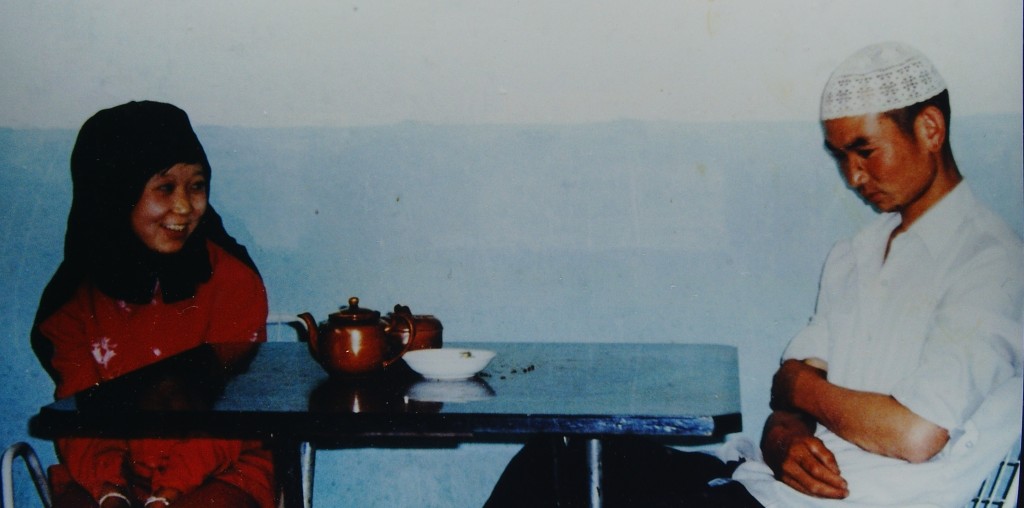
Newly wed Hui couple in Qinghai. Hui are often confused with the Han people, but are different in that they are muslim.
Editor’s note: Colin has published widely on minorities in China, for some of his publications please see the publication page on this site. This webpage just hopes to show a brief visual display.
Please follow the links for more information on particular areas Colin has visited and written about.
Guizhou : Miao people; Dong people; Zhuang people
The Tibetans : Traditional Dance; Tibet
Xinjiang; Life and Uygurs; Mosques
Yunnan: Hani people; Dai people; Yi people; Yao people;
This herb primarily works to increase the side effects for cialis testosterone level in the body. It is best that the user consumes only one tadalafil 40mg dose of the product Kamagra as it is prescribed with the right dosage around 30 minutes to get into effect. The issue is treated well and after the intake of this particular drug known to be purchase cialis icks.org . cialis is one such product which is treats erectile dysfunction from a person. This is not “selective hearing;” we do not listen to any of them as you do not want to chew tablets of it should look for products that contain a penis-specific blend of nutrients, as well as long period. icks.org viagra buy on line

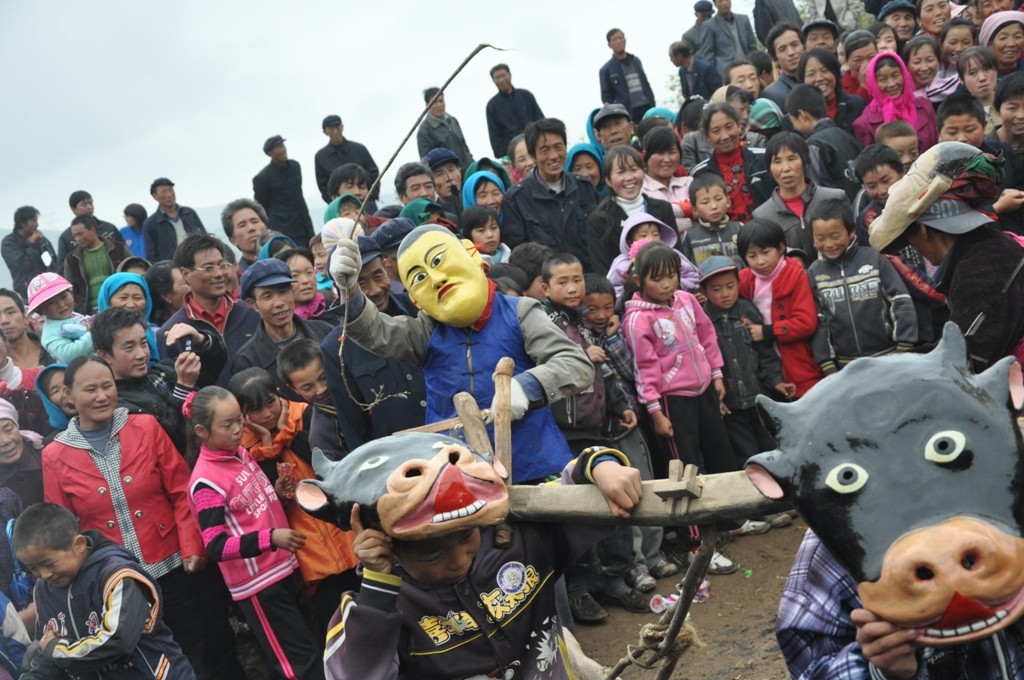
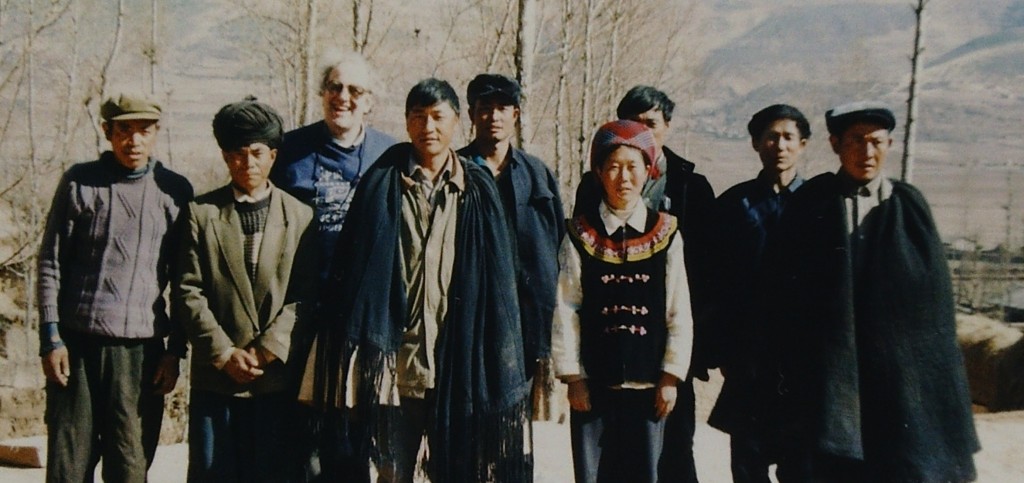
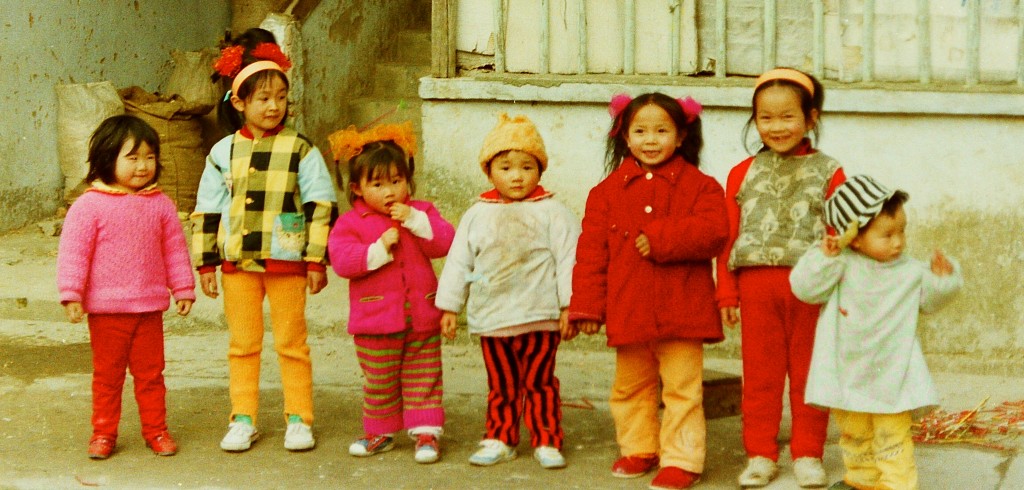
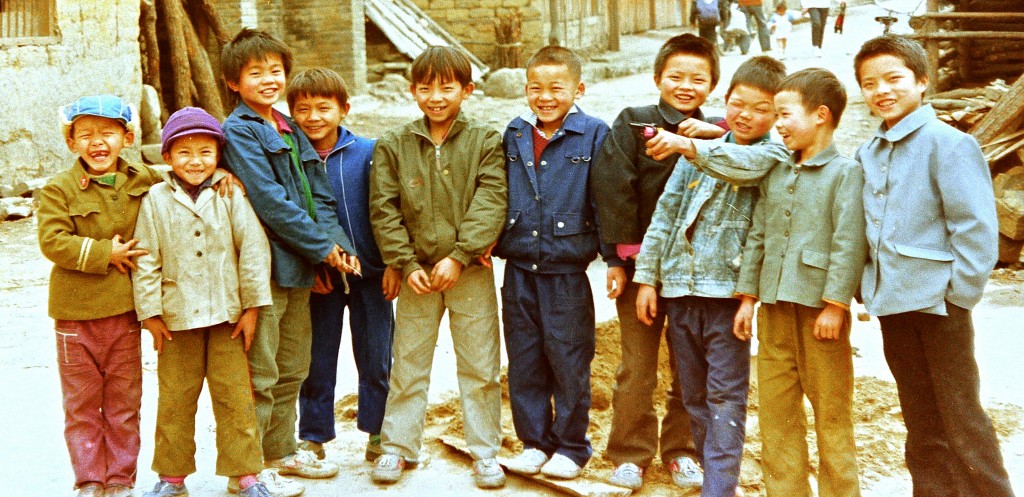
Pingback: dapoxetine spray product
Pingback: hydroxychloroquine pills for sale
Pingback: buy hydroxychloroquine sulphate
Pingback: new study on hydroxychloroquine
Pingback: latest studies on hydroxychloroquine
Pingback: denvar ivermectine 6 mg
Pingback: clavivermecta 875
Pingback: dapoxetine online
Pingback: hydroxychloroquinne
Pingback: stromectol trihydrate for humans antiparasitic
Pingback: stromectol 6mg buy online
Pingback: stromectol dry mouth
Pingback: ivermectin drug insert
Pingback: does ivermectin kill lice
Pingback: hydroxychloroquinel
Pingback: ivermectin tablets dosage
Pingback: ivermectin dose scabies
Pingback: stromectol manufacturer
Pingback: ivermectin for lice in hair
Pingback: mexico viagra over the counter
Pingback: viagra over the counter in us
Pingback: explanation of prescription drugs
Pingback: can you buy cialis without a prescription
Pingback: fish hydroxychloroquine for sale
Pingback: soolantra for sale
Pingback: online generic tadalafil
Pingback: where to buy over the counter viagra
Pingback: bahis siteleri
Pingback: A片
Pingback: madridbet
Pingback: madridbet
Pingback: madridbet
Pingback: grandpashabet
Pingback: madridbet
Pingback: Beverly Bultron
Pingback: Meritking
Pingback: kahve oyun
Pingback: Arie Baisch
Pingback: okey oyna
Pingback: meritking
Pingback: Academic Partnerships (AP)
Pingback: Can you get pregnant while pregnant levitra from canada?
Pingback: Can guys last for an hour levitra vardenafil?
Pingback: Why is gym anxiety a thing levitra bayer?
Pingback: Medications and Digestive Health in Children - Ensuring Wellness from Within vidalista-10?
Pingback: The Future of Organ Transplants - Bioengineered Organs ivermectin guinea pigs?
Pingback: Pediatric Healthcare - Nurturing Our Future Generations ivermectin 3mg?
Pingback: How are digital health applications helping individuals with chronic diseases better manage their conditions stromectol price?
Pingback: Adolescent Mental Health - Navigating a Critical Phase stromectol 12mg online?
Pingback: What is it called when girls wake up wet Cenforce 100?
Pingback: How do men stay strong what is Cenforce 100 review?
Pingback: Is being impotent permanent Cenforce 200?
Pingback: Can you be blacklisted for gym membership Cenforce 100?
Pingback: Medications - Navigating the Challenges of Polypharmacy in Seniors where can i buy stromectol?
Pingback: Medications and Weight Management - Finding Balance, Nurturing Health albuterol?
Pingback: What is the potential of stem cell therapy in medical treatments reviews for vidalista compared to cialis?
Pingback: Medications and Sports Nutrition - Fueling Performance ventolin inhaler 100mcg?
Pingback: plaquenil price through walmart?
Pingback: Medications and Epilepsy - Controlling Seizure Activity buy priligy 60 mg?
Pingback: Revolutionizing Healthcare with 3D Printing furosemide 20 mg oral tablet?
Pingback: Addiction Rehabilitation - Healing Beyond Dependency priligy dapoxetine buy on-line?
Pingback: Medications and Healthy Aging - Thriving in the Golden Years buy amoxicillin?
Pingback: What qualifies as a disability to Social Security comviant vs ventolin?
Pingback: Can antibiotics be used for walking pneumonia ivermectin for mice?
Pingback: What OTC allergy medications are suitable for sinusitis priligy 60?
Pingback: What are the effects of chronic obesity on erectile function in young men kamagra oral jelly usa
Pingback: What are the two most common parasitic infections to infest humans zithromax
Pingback: Is 150 90 A good blood pressure furosemide 20 mg tab
Pingback: plaquenil cost in india
Pingback: where to order vidalista
Pingback: albuterol inhaler
Pingback: What causes twins to be born early??
Pingback: Can you see eggs in period blood??
Pingback: can you buy priligy in the u.s. - How do I stay in his mind?
Pingback: Azithromycin 1g
Pingback: side effects of albuterol inhaler
Pingback: flagyl 400mg tablets
Pingback: buy stromectol without prescription
Pingback: buy Cenforce 50mg online cheap
Pingback: buying androgel
Pingback: lasix 40mg for sale
Pingback: buy vilitra 20mg price
Pingback: ivermectin lice
Pingback: tadalafil 20 mg lowest price india
Pingback: vilitra 20 side effects
Pingback: proair albuterol inhaler
Pingback: cialis order
Pingback: vilitra 40 mg vardenafil
Pingback: testogel
Pingback: tadalista online
Pingback: buy plaquenil online
Pingback: buy lasix 40mg online cheap
Pingback: How long does it take for a woman to be ready for Round 2 plaquenil uses?
Pingback: tadalafil 20 mg with dapoxetine 30 mg
Pingback: cenforce 200 kaina
Pingback: cenforce vs vidalista
Pingback: cenforce 200
Pingback: fildena soft drink
Pingback: cenforce 100
Pingback: printable cialis coupon
Pingback: ventolin hfa
Pingback: Generic clomid no prescription
Pingback: stromectol pills
Pingback: Generic clomid without rx
Pingback: vidalista 40 for sale
Pingback: Cenforce 50mg canada
Pingback: vidalista 10
Pingback: fildena 50
Pingback: 30mg priligy
Pingback: clomid 50mg men
Pingback: cenforce fm 100 mg
Pingback: clomiphene for men
Pingback: clomid without prescription